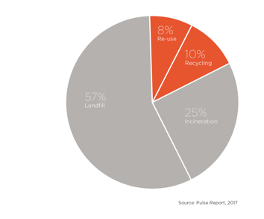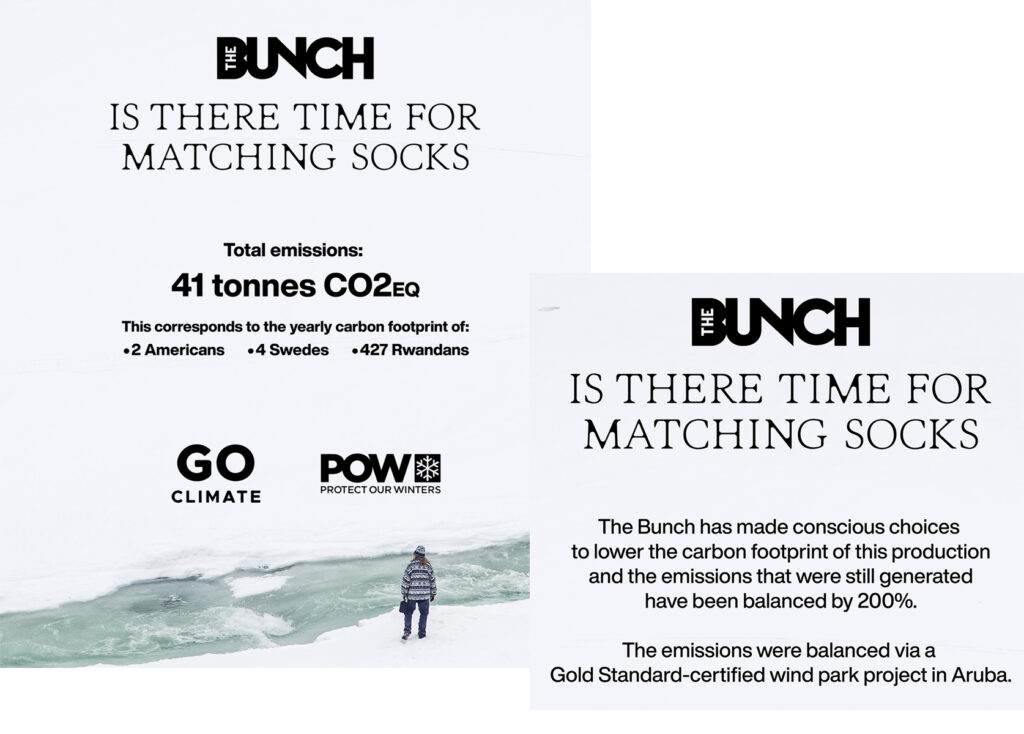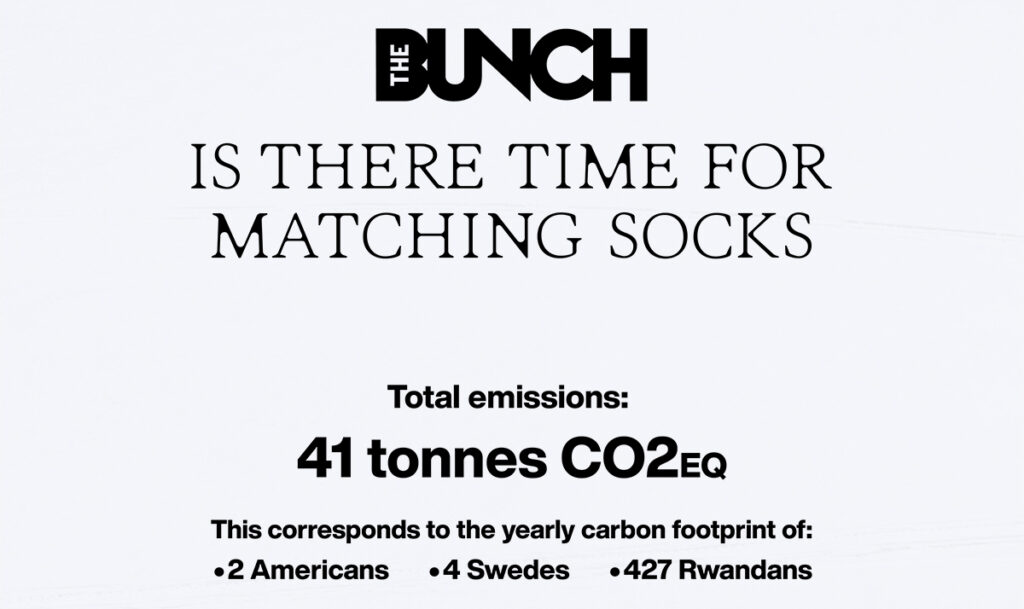
The landscape architects and engineers at Swedish firm Edge aims to encourage its employees to be mindful of their carbon footprint when traveling. Therefore, everyone receives a bonus when they choose environmentally friendly modes of transport, a benefit that has been utilized by over three-quarters of the staff.
“In a time of climate crisis, it’s necessary to act. Through our environmental bonus, we want to encourage and facilitate our employees to live more climate-smart, which also brings health benefits,” says Mia Border, a landscape architect at Edge and one of the firm’s driving forces in sustainability.
In the Lokstallsområdet area in Kirseberg, Malmö, one finds Edge, a company dedicated to designing the landscapes and urban spaces of the future. Known for their strong focus on sustainability, Edge’s philosophy is rooted in leaving each place they work with in better condition than they found it.
Mia Border shares insights about Edge’s vision: ‘Our work revolves around conscious choices for a sustainable future, where we combine vision with goodwill to benefit both individuals and society.’
Edge stands out with its comprehensive sustainability strategy, reflected not only in their projects but also in their corporate culture. They have implemented a comprehensive environmental policy for business travel, prioritizing train, bus, and carpooling over flights. Additionally, they have introduced unique climate benefits for their employees. These include reimbursement for business travel by bicycle and a special environmental bonus. This bonus rewards employees who choose environmentally friendly modes of transport and has been used by over three-quarters of the staff.
Want to encourage employees to live more climate friendly
Border explains the purpose behind the environmental bonus: “In a time of climate crisis, it’s necessary to act. Through our environmental bonus, we want to encourage and facilitate our employees to live more climate-smart, which also brings health benefits.”
This approach is part of Edge’s larger commitment to be climate neutral by 2030, a promise that is part of the global LFM30 initiative.
It’s not just Edge’s projects that reflect their focus on sustainability, but also their internal culture and policies. Their efforts to reduce the company’s carbon footprint have not only led to a stronger team spirit among the staff but also to appreciation and recognition within the industry. The employees take pride in being part of a company that takes concrete steps towards a sustainable future, and this commitment permeates the entire organization.
Despite the financial and administrative costs that come with offering these climate benefits, Edge sees them as essential to driving society towards a sustainable future. Through their commitment to sustainability, both in their projects and internal policies, Edge stands as a shining example of how companies can play an active role in creating a more sustainable world.
Read more about, and get inspired by, Edge’s climate work here!















